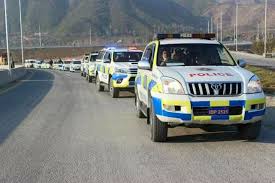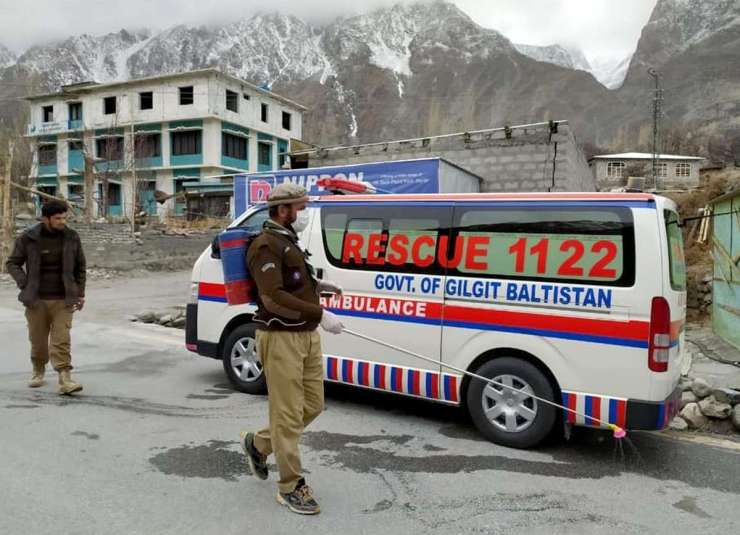Discover The Best Of Gilgit Baltistan
Life is an expedition. An expedition of discovering nature and one's self. Let us discover nature to discover ourselves. Let us travel, so we could find ourselves. Let us travel across those high mountains and valleys to see what is on the other side and the curiosity is certainly worth it. Gilgit Baltistan is among those places of the world, where man gets so close to the nature, it feels eternal, a never ending panorama of nature and the appeal of discovery exponentially multiplies out here. The urge to discover more and more of these calm valleys. The magical gravity of this place is nor expressible, nor explainable. Out here, it feels like this is the world; the only world, the true world, the true nature. This place is invariably a natural wonder on earth. The geographical region of today’s Gilgit Baltistan became a separate administrative region in 1970 under the title of Northern Areas. The area comprised of Gilgit Agency, the Baltistan district, and several other small former princely states, for instance, Hunza and Nagar. In 2009 it was given limited autonomy and renamed to Gilgit Baltistan through the self-governance order signed by President Asif Ali Zardari of Pakistan. Gilgit-Baltistan has been under Pakistan administration since 1947 and was given self-governing status on August 29, 2009. Gilgit Baltistan comprises 10 districts within three divisions. The four districts of Skardu Kharmang Shigar and Ghanche are in the Baltistan Division, four districts of Gilgit Ghizer Hunza and Nagar districts which were carved out of Gilgit District are in the Gilgit Division and the third division is Diamir, comprising Chilas and Astore (which was carved out of the Diamir District in 2004). The main political centers are the towns of Gilgit and Skardu. Gilgit-Baltistan is home to some of the world's highest mountain ranges. The main ranges are the Karakoram and the western Himalayas. The Pamir Mountains are to the north and the Hindu Kush lies to the west. Amongst the highest mountains are K2 (Mount Godwin-Austen) and Nanga Parbat, one of the most feared mountains in the world. Many of the highest peaks in Gilgit-Baltistan, such as Baltoro Muztagh, K2 (Mount Godwin-Austen) (8,611 m), the second-highest mountain in the world), the Gasherbrums (7,932 - 8,080 meters, ranked 12-17 in the world), and Masherbrum (7,821 m), 22nd-highest in the world), lie in the Skardu District. Other high peaks are Distaghil Sar (7,885 meters, 19th-highest in the world), Kunyang Chhish (7,852 meters, 21st-highest in the world), Batura Sar (7,795 m), 25th-highest in the world), Kanjut Sar (7,790 m), 26th-highest in the world), and Rakaposhi (7,788 m), 27th-highest in the world. Altitude: 1500 m approximately Area: 72,971 km sq. Population: 1.8 million The longest river of Pakistan; river Indus originates from Manasarowar lake in Tibet. The river flows through Ladakh, Skardu, Gilgit and to Tarbella. Tarbella Dam which is a huge reservoir of water and produces a significant portion of Pakistan’s electricity. River Indus is also a major source of agriculture, food and irrigation system especially for Punjab and Sindh. Also Gilgit aids the country’s economy through tourist attraction. There are many languages spoken in Gilgit Baltistan, Pakistan depending on what district you are in. The languages spoken here include Shina, Balti, Burushaski, Khowar, Wakhi and Domaki. Predominantly Shia Islam, small minorities of Sufia Nurbakhshia, Sunni Islam, Tibetan Buddhism and Bon. The Balti are an ethnic group of Tibetan descent with Dardic admixture who live in the Gilgit–Baltistan region of Pakistan and the Kargil region of India. For trekking and camping the best time to visit is June-August, however August can get quite crowded and a bit more expensive. October & November are a great time to visit with the beautiful fall colors underway. The rest of the year Gilgit offers harsh temperature below freezing. Read More
Top Attractions in Gilgit Baltistan
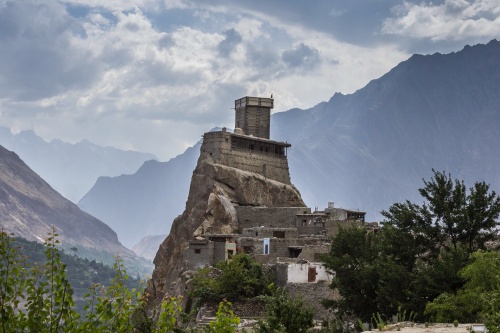
Altit Fort
Gilgit Baltistan
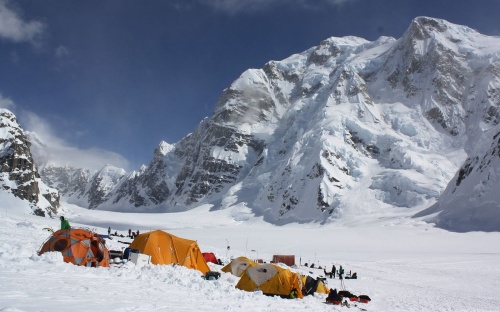
Askole K2 Base Camp
Gilgit Baltistan
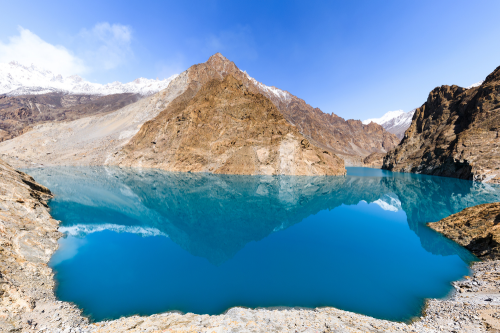
Attabad Lake
Gilgit Baltistan
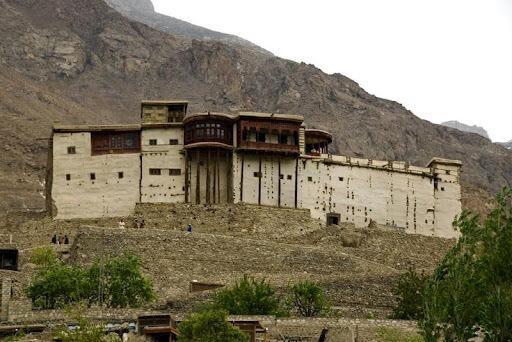
Baltit Fort
Gilgit Baltistan

Bilamik valley
Gilgit Baltistan
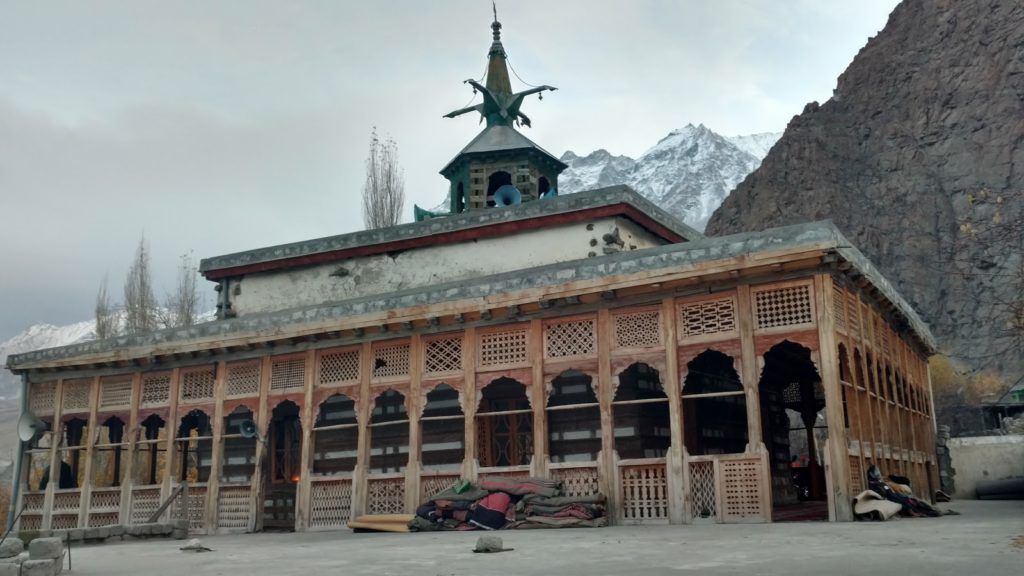
Chaqchan Mosque
Gilgit Baltistan
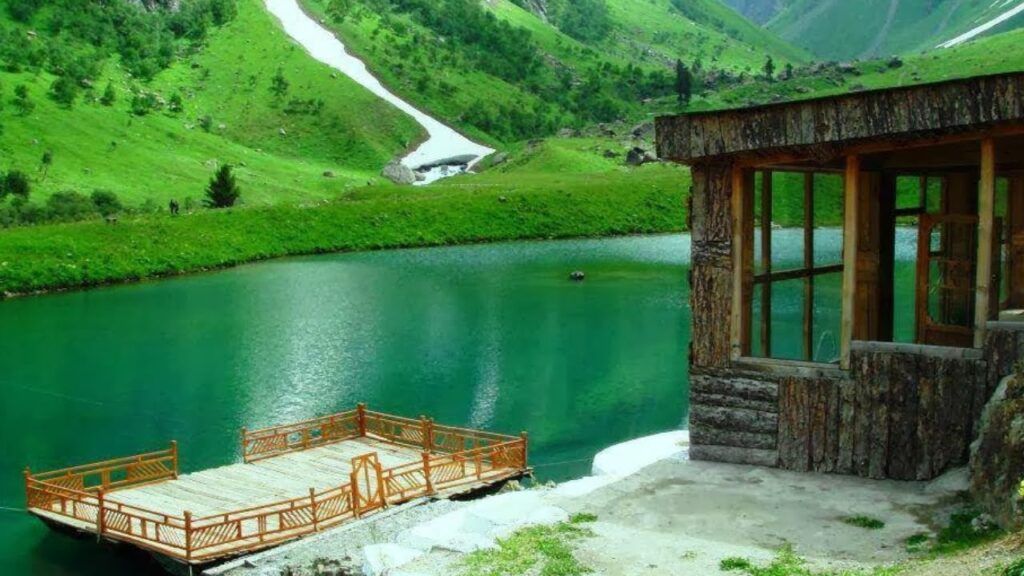
Domel
Gilgit Baltistan
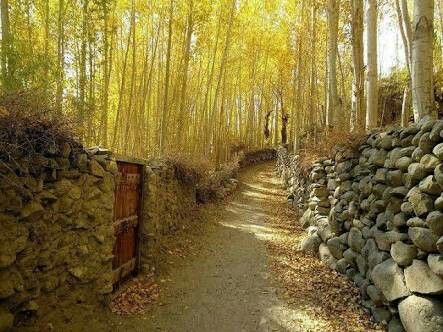
Gulmit Village
Gilgit Baltistan

Hussaini hanging bridge
Gilgit Baltistan
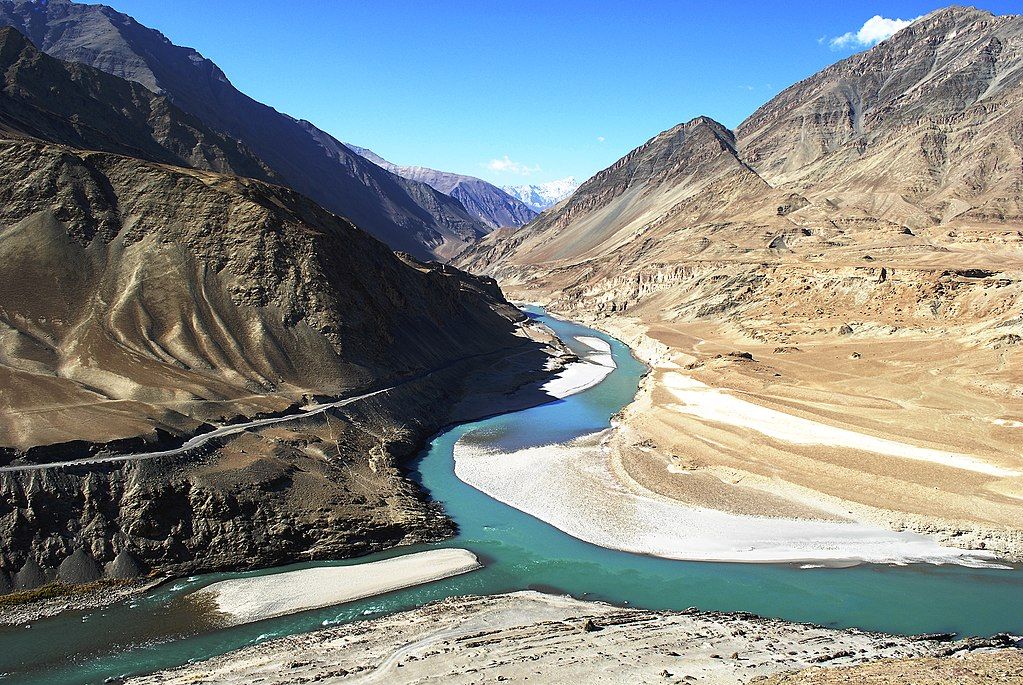
Indus Gilgit Confluence
Gilgit Baltistan

Kargah Buddha
Gilgit Baltistan
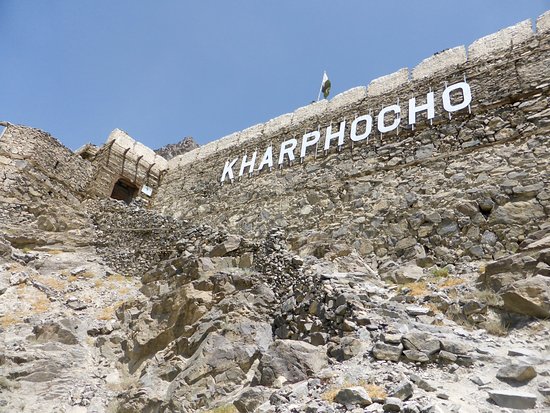
Kharpocho Fort
Gilgit Baltistan

Khunjerab Pass
Gilgit Baltistan
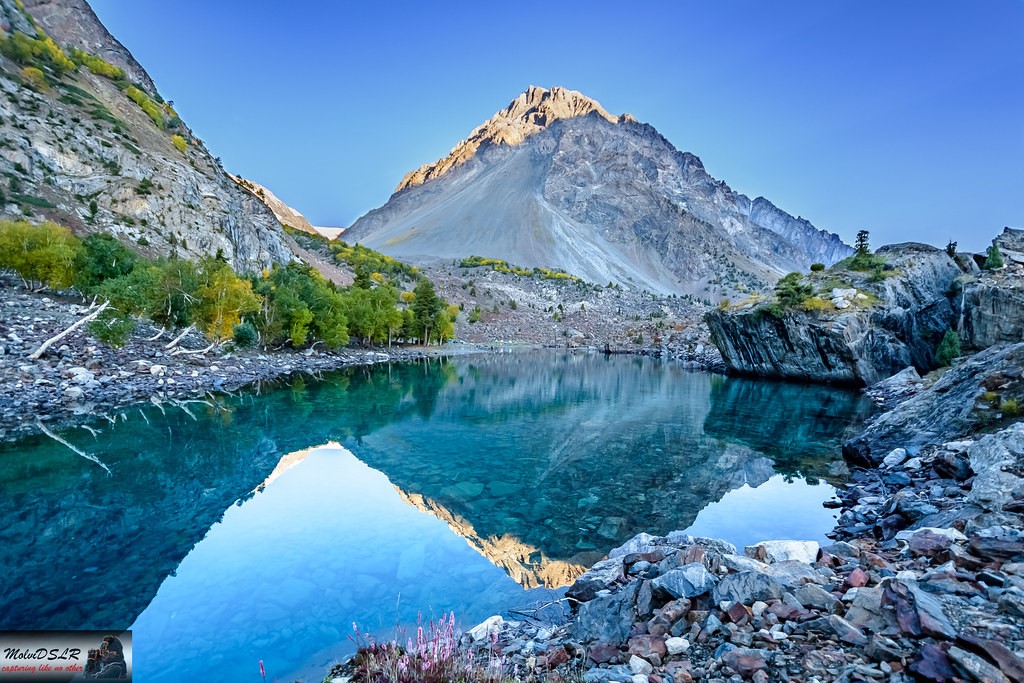
Naltar Valley
Gilgit Baltistan
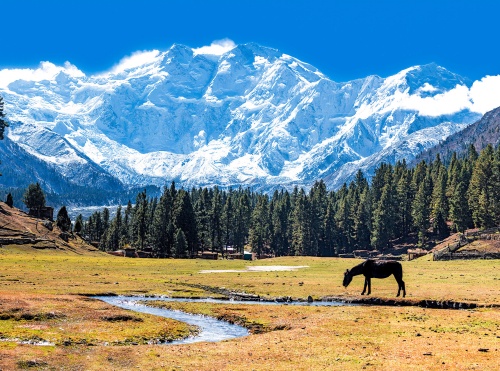
Nanga Parbat
Gilgit Baltistan

Passu Valley
Gilgit Baltistan
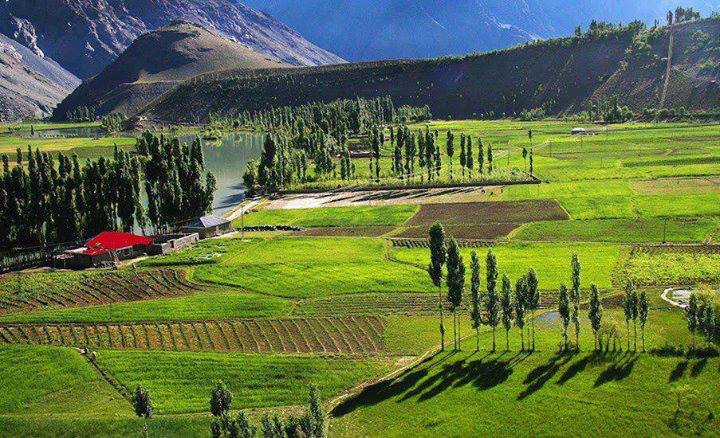
Phandar Valley
Gilgit Baltistan
.jpg)
Rakaposhi View Point
Gilgit Baltistan
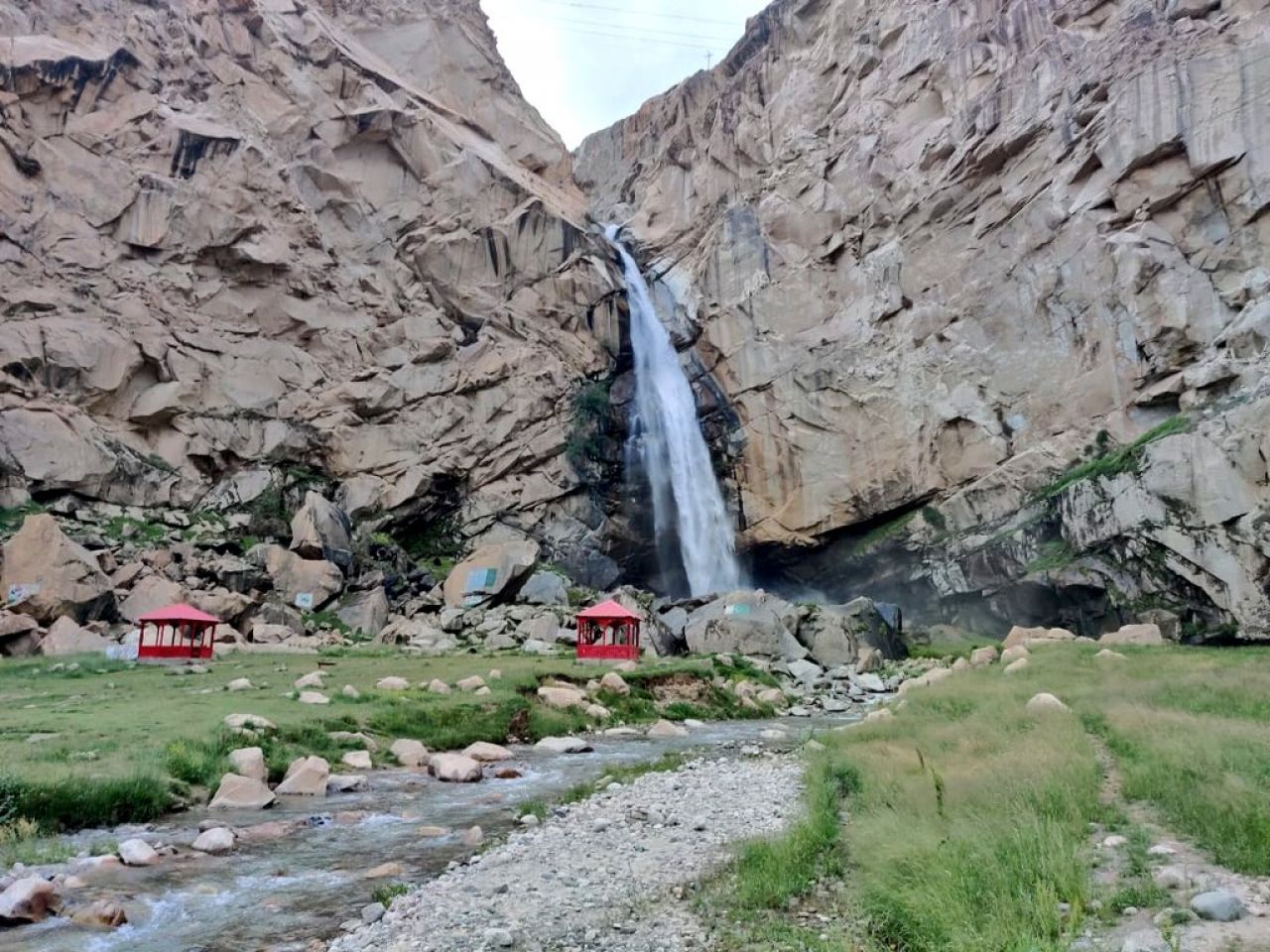
Shirting (Khamosh) waterfall
Gilgit Baltistan
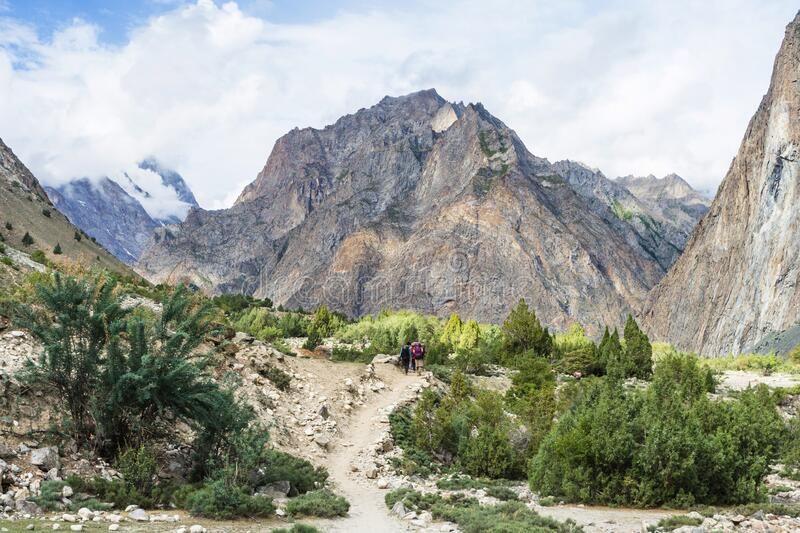
Vallée de Hushe
Gilgit Baltistan
Hotels in Gilgit Baltistan
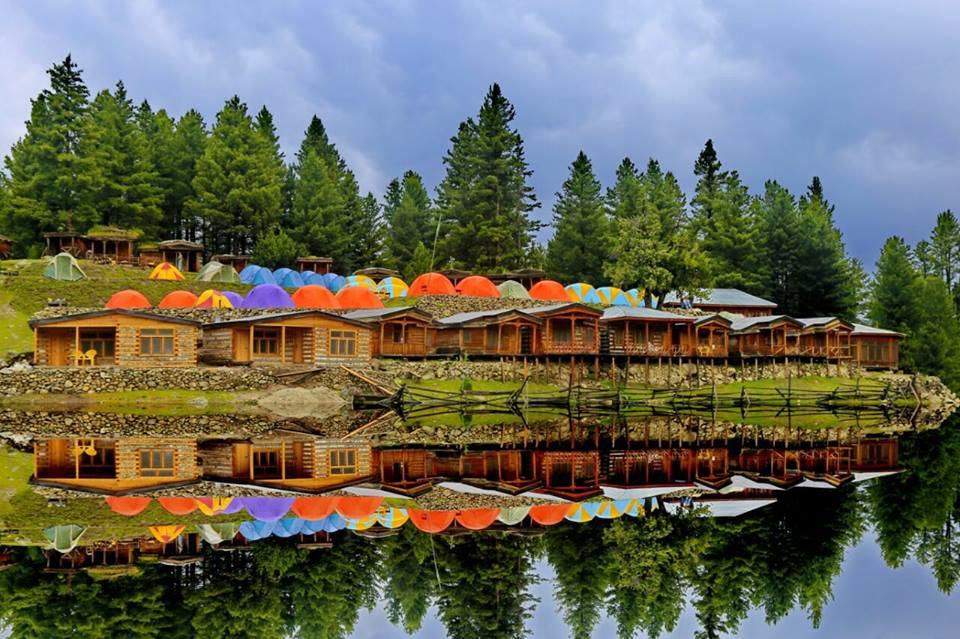
Fairy Meadows Cottages
Gilgit Baltistan

Gilgit Gateway Hotel
Gilgit Baltistan
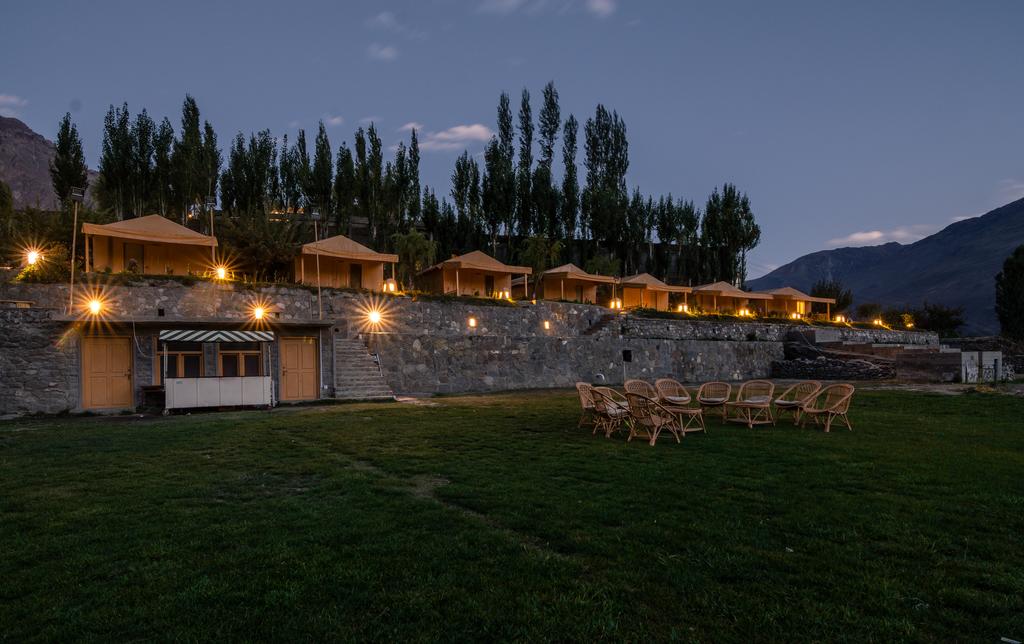
Gilgit Serena Hotel
Gilgit Baltistan
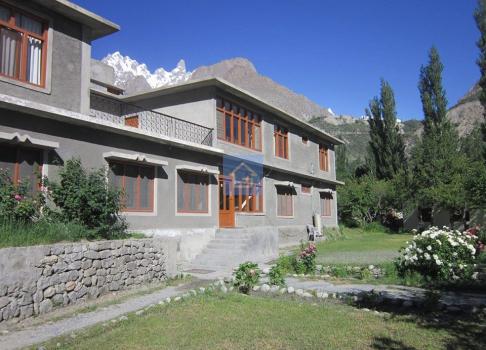
Gulmit Tourist Inn
Gilgit Baltistan

Hikal Guest House
Gilgit Baltistan

Hotel Dewan e Khas
Gilgit Baltistan
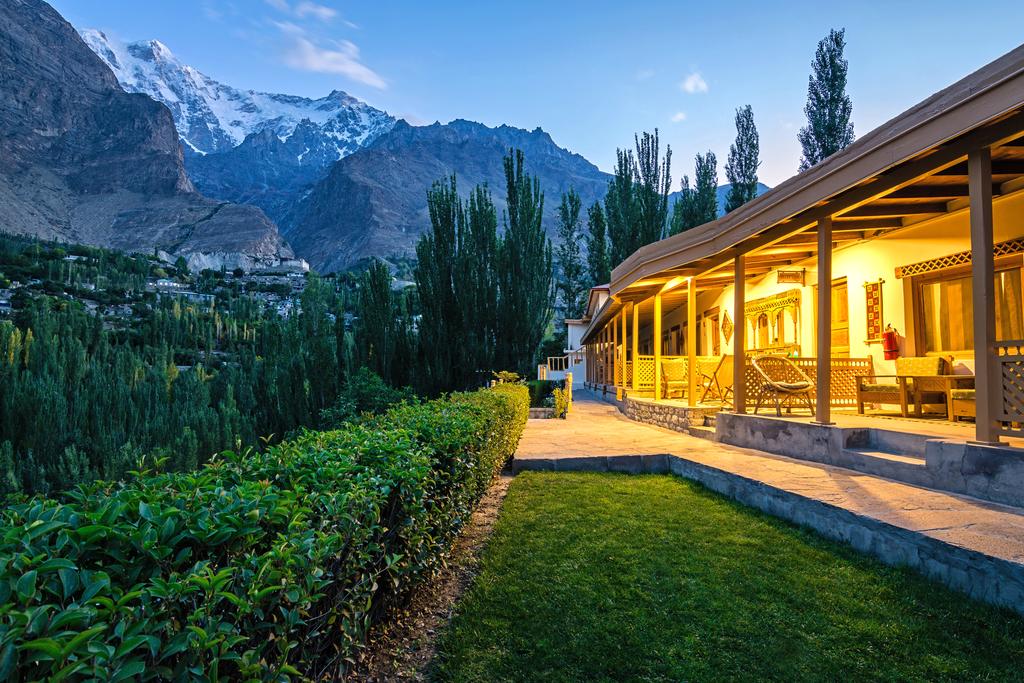
Hunza Serena Inn
Gilgit Baltistan
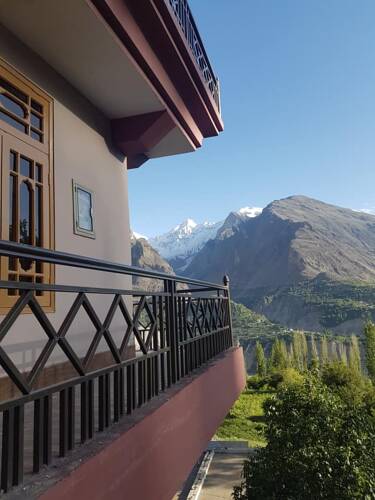
Karakorum View Hotel
Gilgit Baltistan
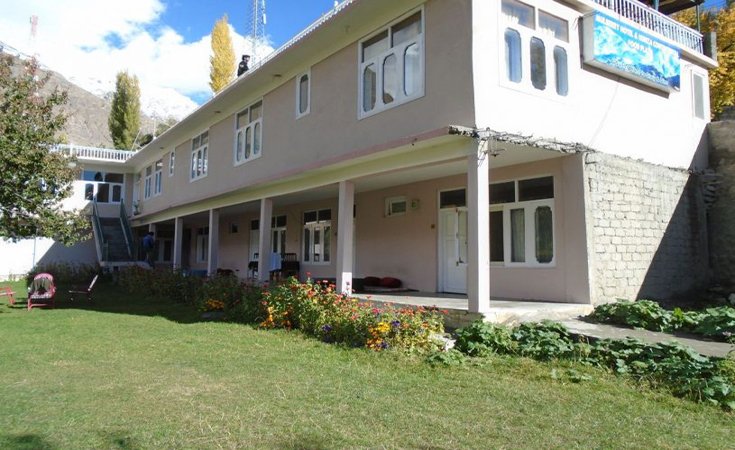
Mulberry Hotel
Gilgit Baltistan

Naveed Tourist Inn
Gilgit Baltistan
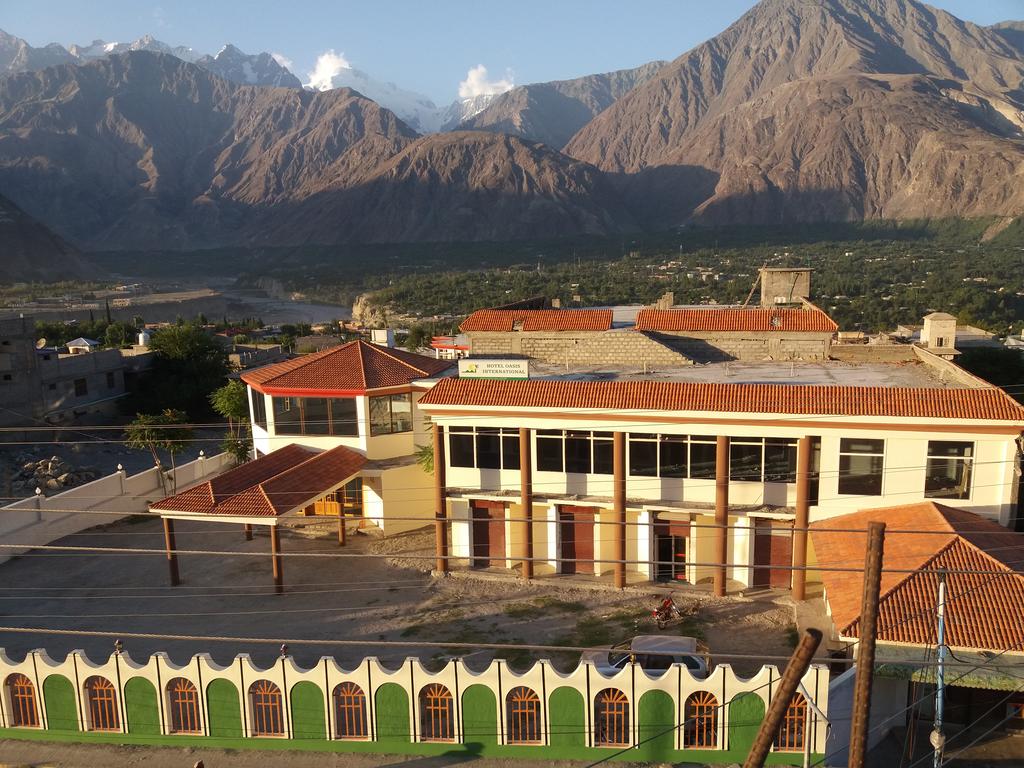
Oasis Hotel
Gilgit Baltistan
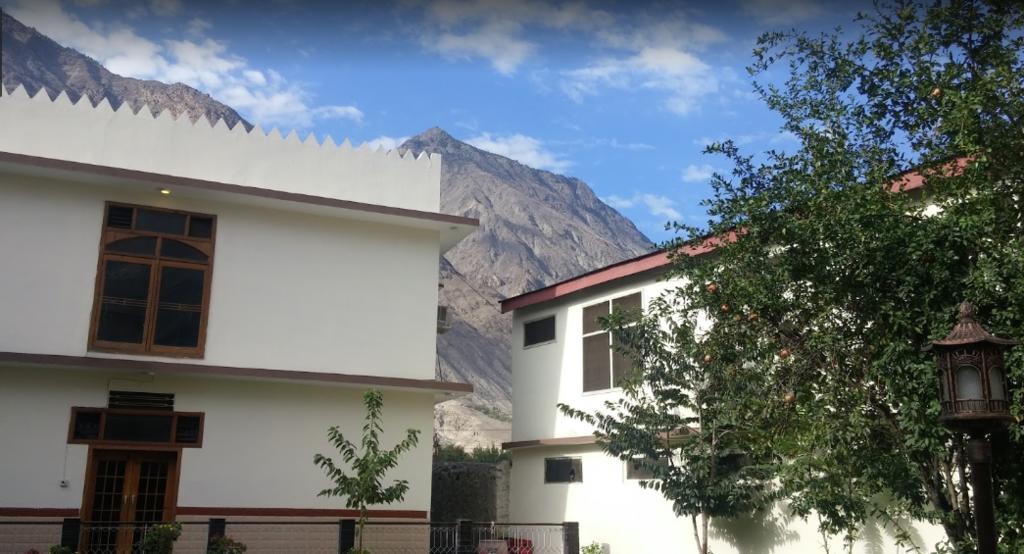
Park Hotel Gilgit
Gilgit Baltistan
.jpg)
Sarai Silk Route Hotel
Gilgit Baltistan
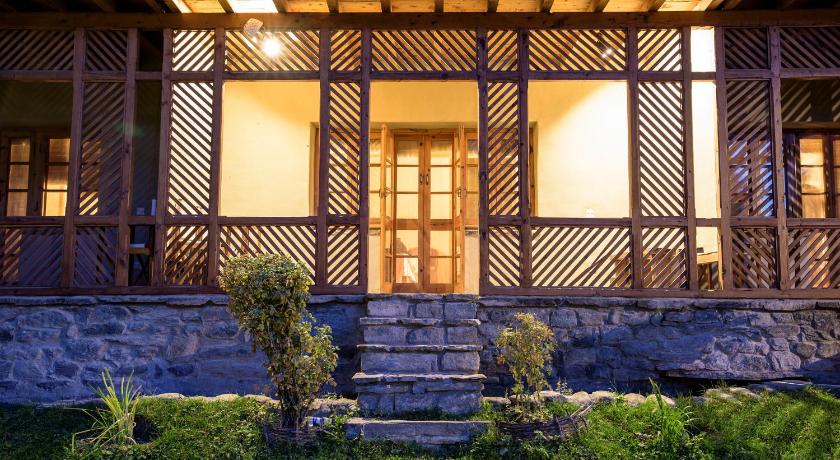
Serena Shigar Fort
Gilgit Baltistan
Famous Restaurants in Gilgit Baltistan
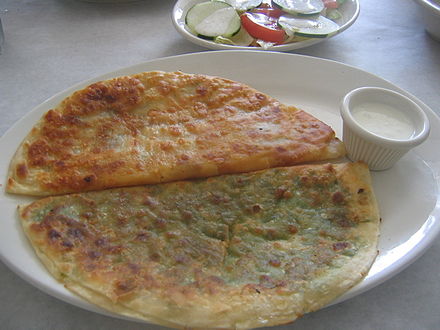
Ahmed Balti Paratha and Tea
Gilgit Baltistan
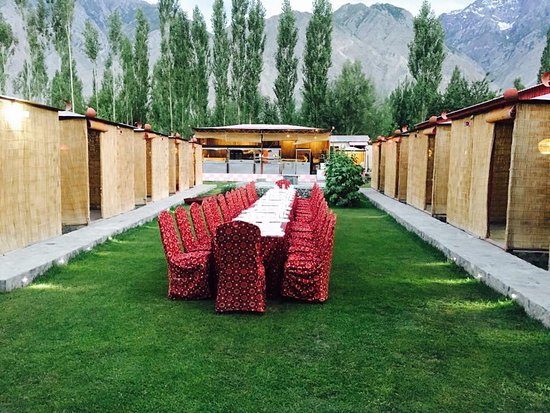
Al Yusuf dine inn Restaurant
Gilgit Baltistan
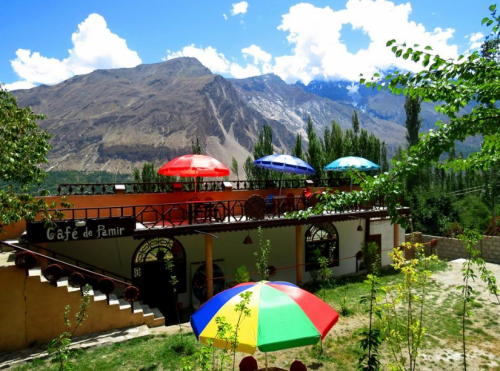
Café de Pamir
Gilgit Baltistan

Chacha Chai
Gilgit Baltistan
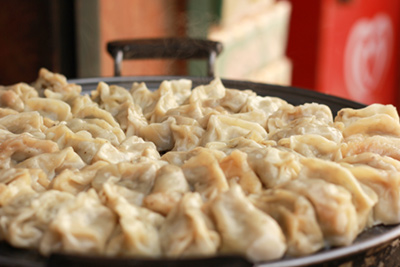
Chinese Foods
Gilgit Baltistan
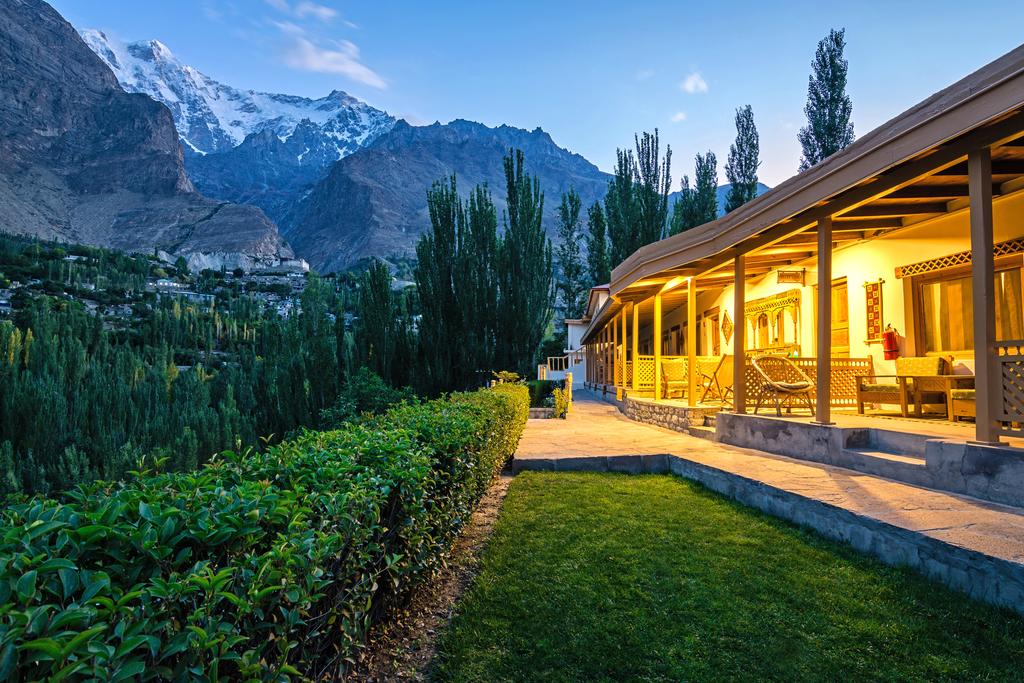
Dumani
Gilgit Baltistan
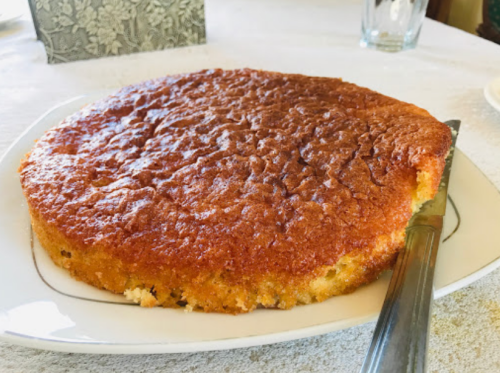
Glacier Breeze Restaurant
Gilgit Baltistan

Green Dragon Chinese Restaurant
Gilgit Baltistan
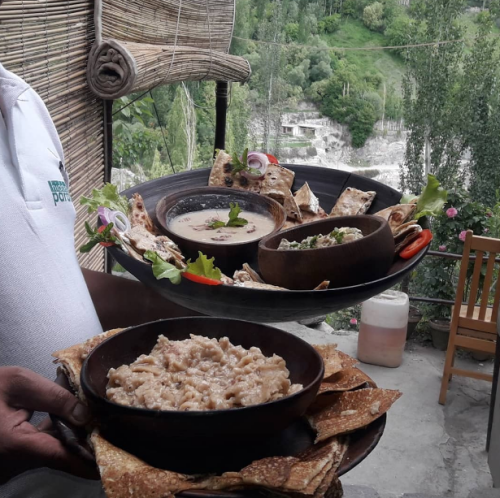
Hidden Paradise Hunza
Gilgit Baltistan
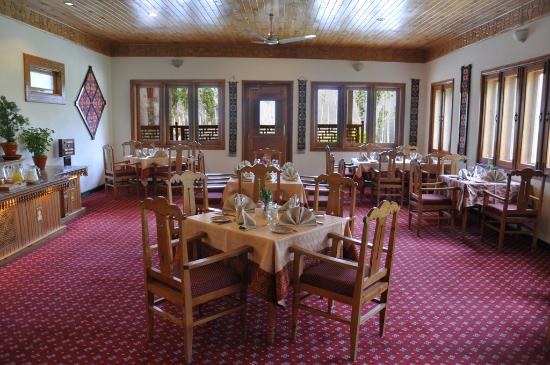
Osho Maraka
Gilgit Baltistan
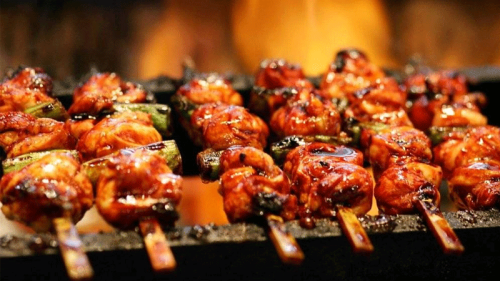
Paradise Grill
Gilgit Baltistan
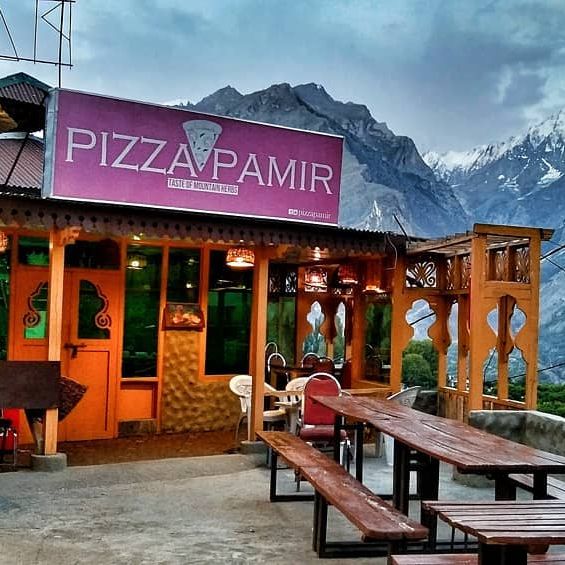
Pizza Pamir
Gilgit Baltistan
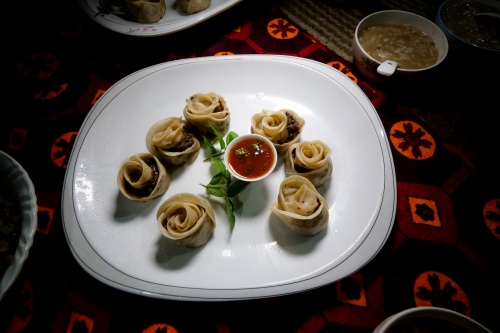
Sahil Restaurant
Gilgit Baltistan
Banks & Currency Exchange in Gilgit Baltistan
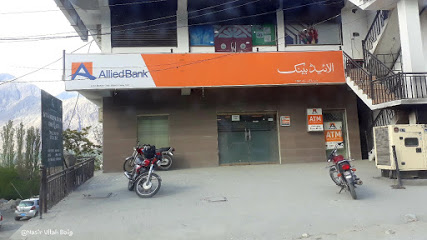
Allied bank
Gilgit Baltistan
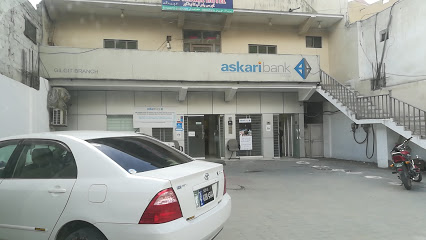
Askari bank
Gilgit Baltistan
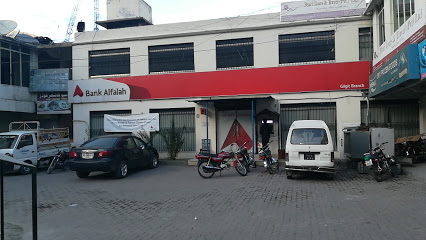
Bank Alfalah
Gilgit Baltistan
.jpg)
HBL Habib Bank Limited
Gilgit Baltistan
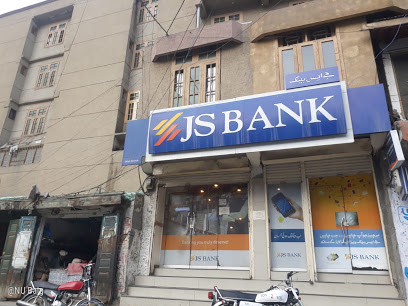
JS Bank
Gilgit Baltistan
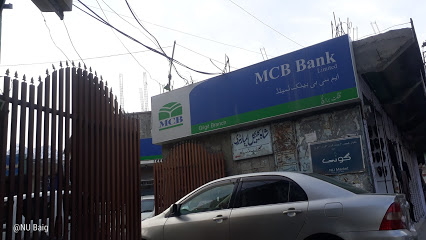
MCB Muslim Commercial Bank
Gilgit Baltistan
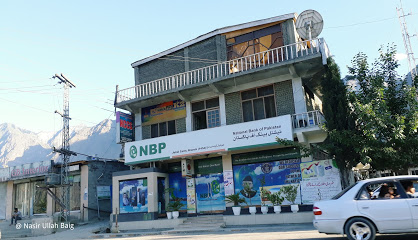
NBP National Bank of Pakistan
Gilgit Baltistan

Soneri Bank
Gilgit Baltistan
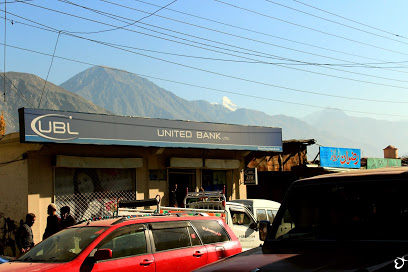
UBL United Bank Limited
Gilgit Baltistan
Rent A Car in Gilgit Baltistan
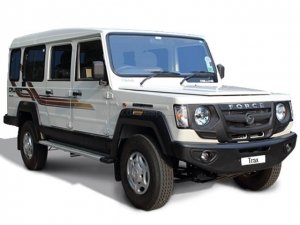
Aladin Tours & Services Rent A Car
Gilgit Baltistan

Continental Rent A Car Service
Gilgit Baltistan
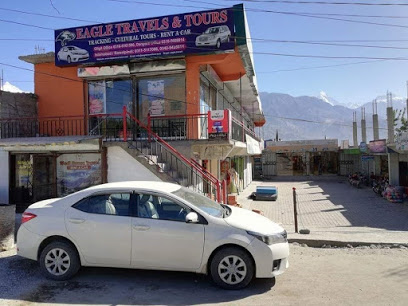
Eagle safe tours and travels Rent A car
Gilgit Baltistan
.jpg)
Glaciers: Rent A Car Service
Gilgit Baltistan
.jpg)
Naltar Valley Rent A Car
Gilgit Baltistan

North Cruisers
Gilgit Baltistan
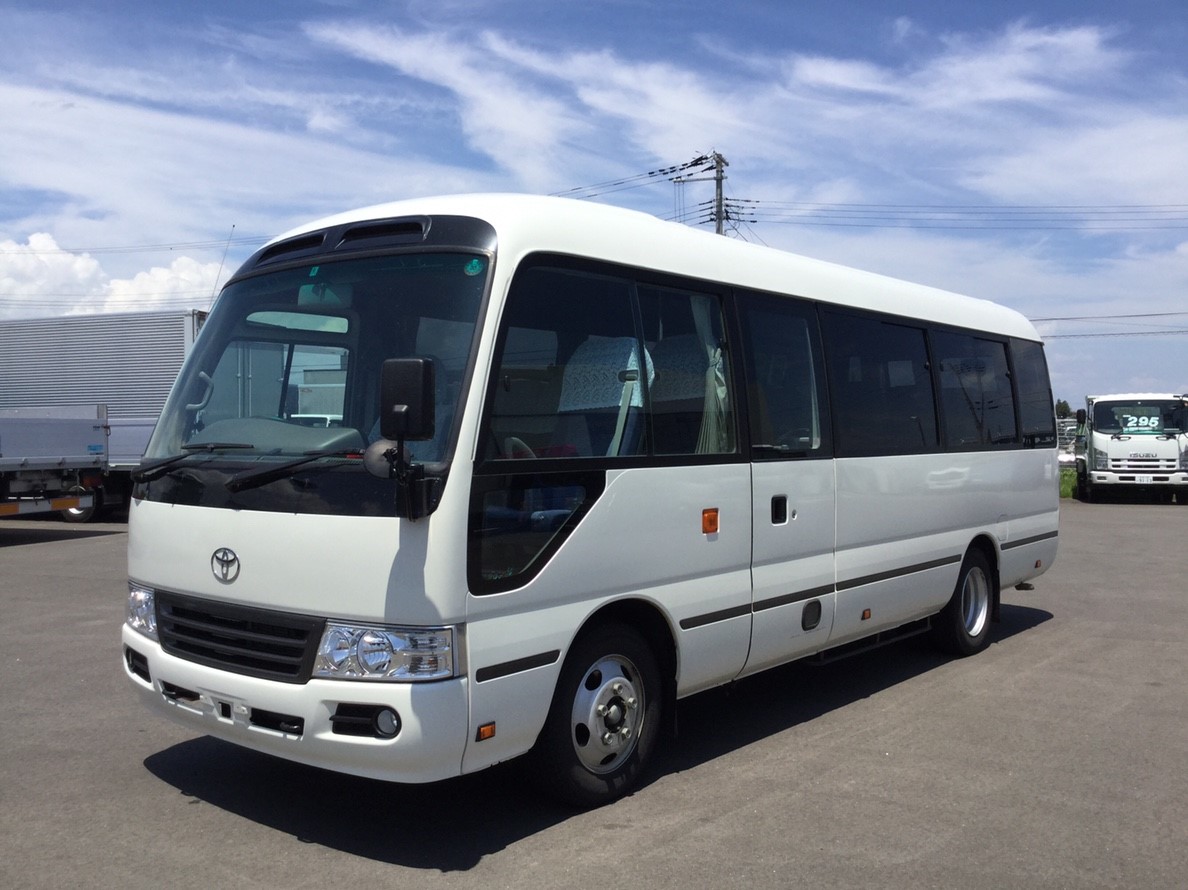
North Executive Rent a Car
Gilgit Baltistan

Skardu Rent A Car Service
Gilgit Baltistan


 Home
Home About Us
About Us
 Become a Subscriber
Become a Subscriber

 Flight Booking
Flight Booking
 Hotel Booking
Hotel Booking
 Trip Booking
Trip Booking
 Visa Booking
Visa Booking
 Booking History
Booking History
 Discover Pakistan
Discover Pakistan
 Blogs
Blogs
 Wishlist
Wishlist
 Subscribe
Subscribe
 Support
Support
 Log In
Log In





.jpg)

.jpg)
